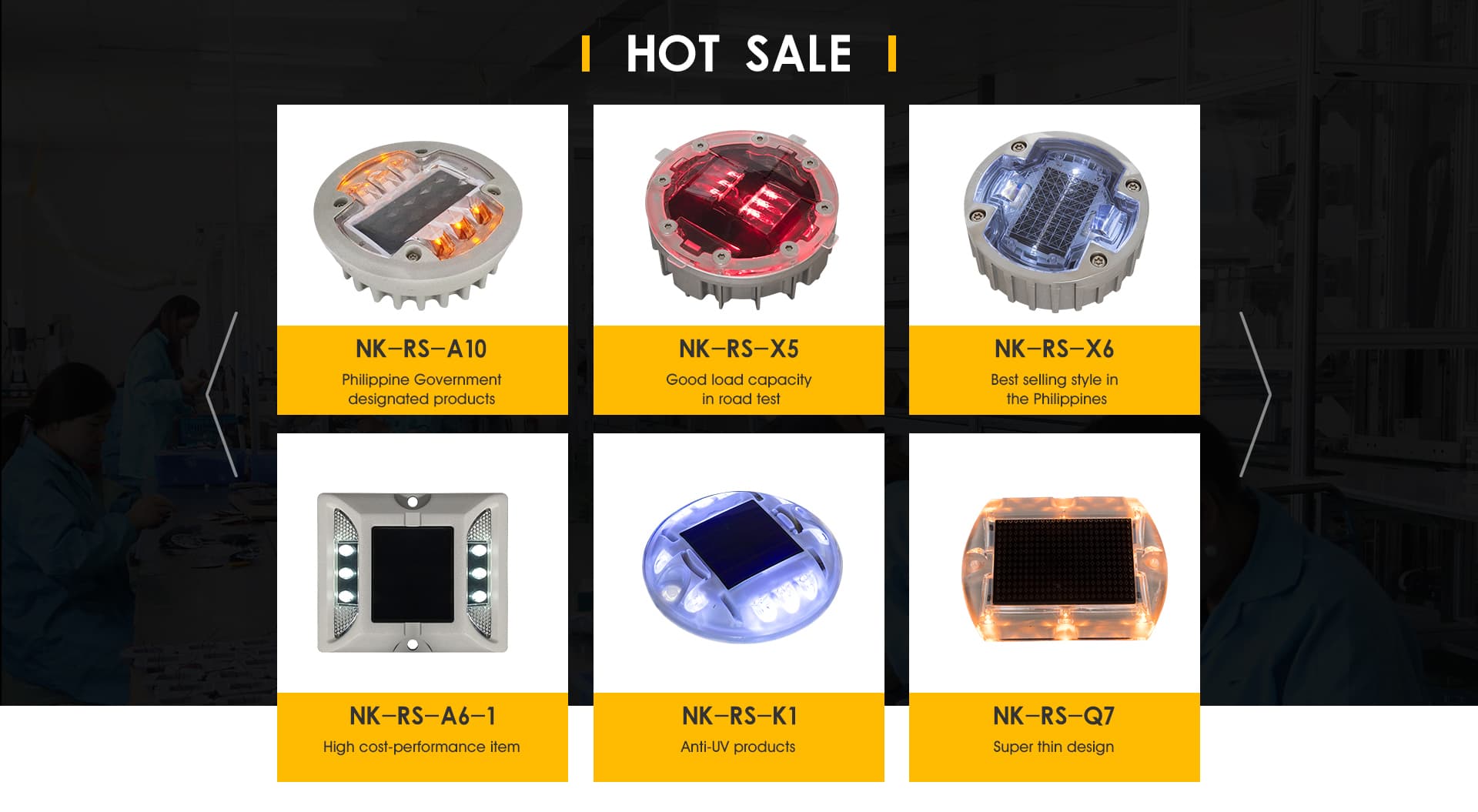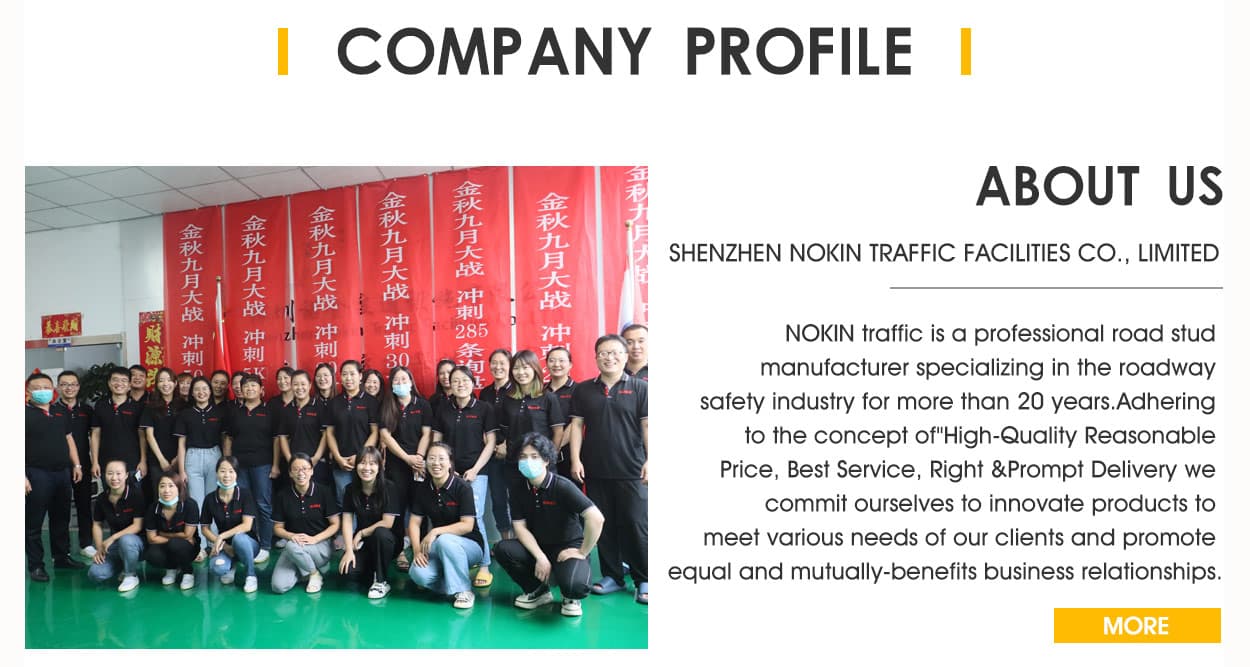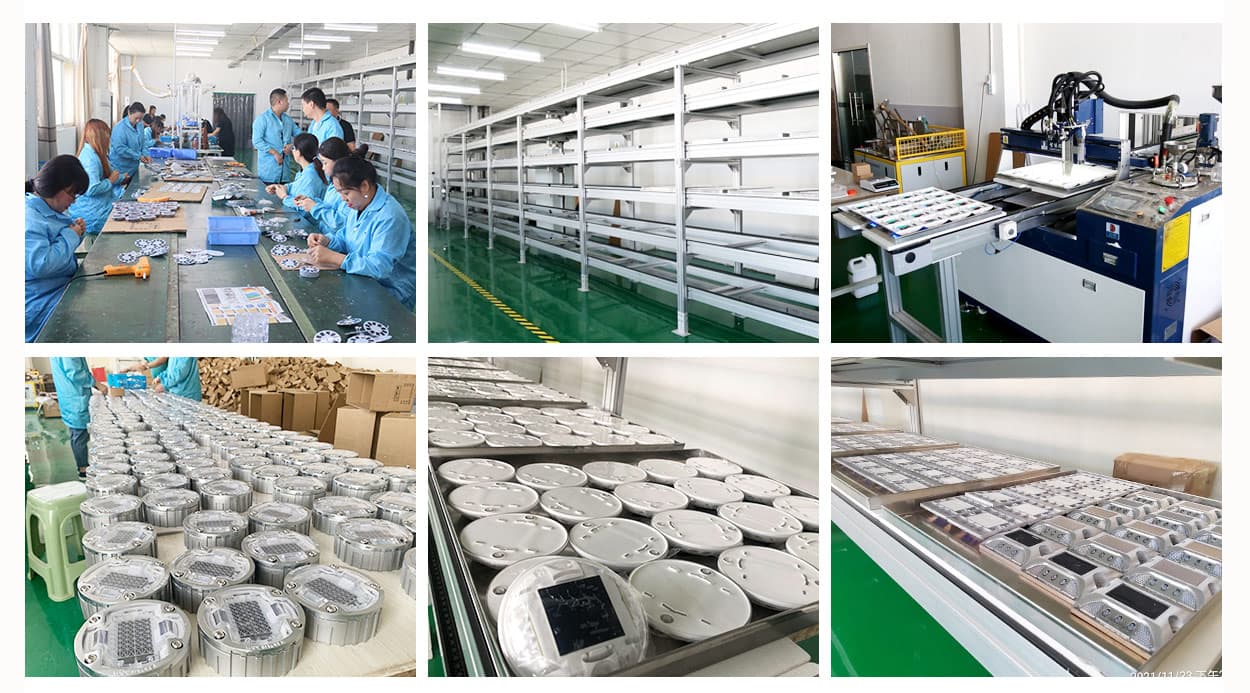


.jpg)
The function of the road stud is to highlight the drivable or non-drivable areas of the road. They are used as lane dividers and road border indicating non-driving areas. These Studs are reflective so they are important tools for motorists to clearly see line demarcations at night or in low visibility scenarios.
.jpg)
On motorways, reflective studs of various colours are fixed in the road between the lanes. These help you to identify which lane you’re in when it’s dark or in poor visibility. Amber-coloured studs are found on the right-hand edge of the main carriageway,
.jpg)
Oct 08, 2018 · We’ve installed 175 of the airport-runway-style LED road studs to help mark out lanes at one of England’s busiest motorway junctions – used by over 90,000 vehicles every day.
.jpg)
The motorway reflective road stud is an advanced traffic safety facility. It is mainly installed between the marked lines or yellow double lines on the ground, which can warn the drivers to drive according to the lanes through its retro-reflectivity.
.jpg)
Motorway Aluminum Led Reflective Solar Road Stud For Safety , Find Complete Details about Motorway Aluminum Led Reflective Solar Road Stud For Safety,Aluminum Road Stud,Solar Road Stud,Road Stud For Safety from Traffic Warning Products Supplier or Manufacturer-,NOKIN Traffic
.jpg)
Aluminum road studs are recommended for use on high speed roads and on roads with heavy vehicles such as trucks. As a professional highway reflective markers suppliers, our mission is to ensure public safety by providing quality reflective cats eyes motorway with the best price. A motorway road studs is a safety device used on roads.
.jpg)
China Motorway Safety Aluminum Alloy Solar Cat Eyes Road Stud Single-Side 3*LED 105*105*22mm, Find details about China Solar Road Stud, Stud from Motorway Safety Aluminum Alloy Solar Cat Eyes Road Stud Single-Side 3*LED 105*105*22mm - Shenzhen Road, Ming Road, Technology Co.,NOKIN Traffic
.jpg)
NOKIN™ Marker Series 290 road studs have been used on a 24km stretch of brand new motorway in Ireland, which opened in March 2010. The construction of a major inter-urban route connecting Dublin and Waterford is a key part of the Irish government’s strategy for economic growth and road safety improvements.
.jpg)
Green reflective studs are used between a motorway and its slip road. White. Wrong! White reflective studs are used to mark the separation between lanes on dual carriageways and motorways or the middle of the road on a road with a single carriageway. Red. Wrong! Red reflective studs are used to mark the left-most edge of the road or motorway
.jpg)
Reflective Road and Motorway Studs Get a Quick Quote Enquire about this service 01227714380 There are many varieties of road studs, most of which can be coloured to denote different uses.
.jpg)
Road Stud, Stud, LED Stud manufacturer / supplier in China, offering Hot Selling Plastic Road Safety Reflective Reflector Road Stud for Traffic Safety Solution, Solar Magnetic Marine IP68 Warning Airport Light with Bird Pike, Marine Navigation Obstruction Aviation Safety Light Warning Beacon and so on.
.jpg)
Retro-reflective raised pavement markers (sometimes called cat’s eyes or road studs) These RRPMs reflect light back at you as you drive down the road. They can be reflective on one or both sides (i.e. on a motorway it’s pointless to have it reflective both sides, but for a centre line marker it’s important to have them reflective both sides.
.jpg)
Traffic/Road Safety Dogsbody and General Grumpy Now-a-Thirtysomething Man She said life was like a motorway; dull, grey, and long. Blog - https://showmeasign.online/
.jpg)
Mar 25, 2020 · 43 Glass Bead Aluminium Road Stud Features: Almost indestructible, made from aluminum alloy with compression resistance over 30 tons. To be fixed onto the road by an anti-twist stem for extra stability. Excellent reflectivity with Swareflex glass bead reflector. Vacuum-plated reflector free of dust/pollution.
.jpg)
While there are a number of varieties of road studs, reflective road studs are by far the most common (and popular) choice. Often known as ‘cat’s eyes’ after their original trademark, these ingenious safety devices were first invented in 1933, and have used a similar design ever since.